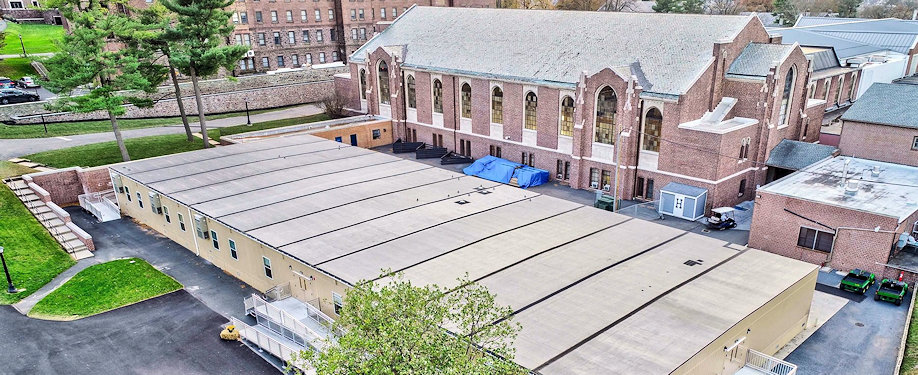Custom Modular Classroom Buildings for Schools

Modular buildings, also known as prefabricated buildings, have come a long way since they were first introduced in the early 20th century. Custom modular classroom buildings for schools are far different from those used 20, 30 or 40 years ago. Modular Genius can provide you with a structure that will meet all of your needs, yet will be comfortable and beautiful. It will also be a much more affordable alternative to traditional construction.
The Evolution of Modular Construction
Modular construction involves the use of pre-made sections, or modules, that are manufactured off-site and then assembled on-site. This construction method offers several advantages, including reduced construction time, lower costs, and greater flexibility in design. Over the years, modular buildings have evolved significantly, with improvements in design, materials, and technology leading to better quality and more sustainable structures.
One of the earliest examples of modular buildings can be traced back to the mid-1800s when prefabricated homes were shipped from the East Coast to California during the gold rush. However, it wasn’t until the 1920s that modern modular construction techniques were developed. The first modular buildings were simple structures, such as classrooms and barracks, that were used to house students and soldiers. These buildings were designed to be easily assembled and disassembled, making them ideal for temporary use.
As modular construction techniques improved, so did the quality of the buildings. In the 1950s and 60s, modular buildings became more popular as a cost-effective way to construct homes and offices. However, early modular buildings were often criticized for their bland and boxy designs. In the 1970s, designers began to experiment with different materials and building techniques, resulting in more aesthetically pleasing structures.
Huge Improvements
In recent years, modular buildings have seen even more significant improvements, thanks to advancements in technology and sustainability. Today’s modular buildings are made using high-quality materials and advanced manufacturing techniques. The modules are manufactured in a controlled environment, ensuring greater precision and quality control. This also reduces waste and allows for more efficient use of materials.
Modular buildings are also now more environmentally friendly than ever before. The manufacturing process produces less waste and uses less energy than traditional construction methods. Additionally, modular buildings can be designed to be more energy-efficient, with features such as solar panels, efficient insulation and energy-efficient HVAC systems.
Modular buildings have also come a long way in terms of design. Modern structures can be customized to meet the specific needs of the client, with a wide range of design options available. This includes everything from the size and layout of the building to the materials used for the exterior and interior finishes.
Another significant advantage of modular buildings is their versatility. Modular construction can be used for everything from small portable buildings to large, complex structures, such as sprawling school campuses. The ability to quickly assemble and disassemble modular buildings also makes them ideal for disaster relief and emergency situations.
The quality of modular buildings has also significantly improved, thanks to advancements in technology and manufacturing techniques. As a result, modular buildings are becoming an increasingly popular choice for a wide range of applications, from residential and commercial to institutional and industrial.
If you would like more information on how Modular Genius provides the best custom modular classroom buildings for schools, contact us online or call 888-420-1113 whenever you like.